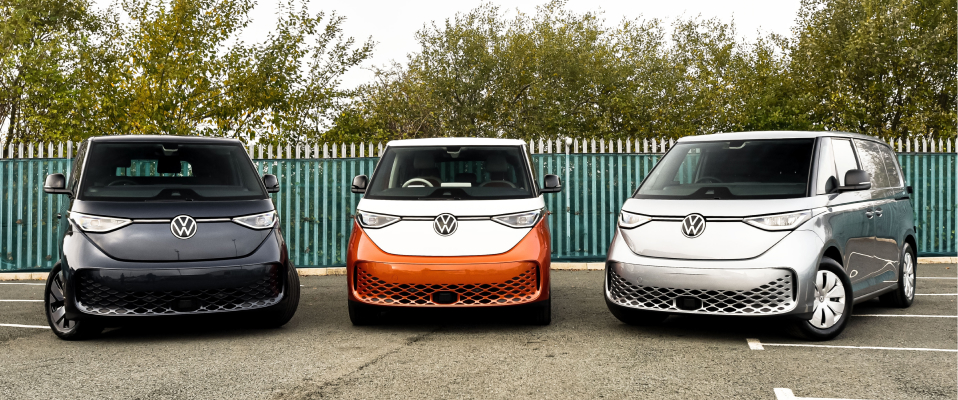Navigate the Future by Engaging in
Collective & Strategic Collaborations
We aim to help our partner companies in the mobility ecosystem steer into the future mobility domain.
Modernizing Mobility Ecosystems
As we move through a inception of mobility, our distinctive models based on proprietary data help partner companies across the mobility space make strategic decisions under uncertainty, accelerate the transition toward sustainable mobility, and transform organizations and mobility ecosystems.
The Rise of On-Demand Mobility and MaaS
Mobility-as-a-Service is an evolving concept of how consumers and businesses move away from vehicle ownership towards service-based transport. In this sense, MaaS includes multi-modal aggregation of transport modes as well as on-demand mobility.
70%
autonomous public transport market
Today cities are built for cars not people. We need to reclaim urban spaces for people to live,
work, meet up and play in.
30%-40%
of car buyers
in the US and EU considered an electrified vehicle purchase in 2016.
40%
of consumers
would change car brands for more connectivity.
1%
of total global miles driven
originates from e-hailing trips.
Multi-Modal MaaS Aggregation
There are many examples around the world where customers can travel on different modes of transport (from different providers) via one payment platform. Although such services are typically restricted to public transport, new, integrated private/public versions are emerging. MaaS Global operates a MaaS platform in Helsinki, Finland, and is also trialing a scheme in other countries including the UK. The company has developed a travel product called Whim with a monthly subscription. Customers can plan and pay for individual journeys via train, bus, taxi, car rental and bike share on a single app, or purchase an ‘all in’ subscription covering all their transport needs in the city for a fixed price.
And Helsinki is not alone. Denver, Los Angeles, Las Vegas, Singapore, Barcelona, Hanover, Vienna, Montpelier, Gothenburg, Paris and Eindhoven have all piloted some kind of MaaS solution at the time of writing. Despite these exciting developments, public authorities still struggle to balance the user experience offered by MaaS, with policy objectives of economic growth, social inclusion, space optimization, environmental benefit, and citizen health and wellbeing. There is also a huge opportunity for MaaS to replace company cars, although this will require significant shifts in tax policy. Centhree enables operators and authorities to understand the optimum level of regulation and policy needed to achieve their objectives, while balancing the commercial needs of operators.
All this is possible because of the team we’ve put together.
Car subscription services
Ride hailing
Ride pooling
Vehicle sharing
Shared consignment
Courier services
Car Subscription Services
Over the past year, we have seen remarkable innovations in new car subscription services. Traditional personal contracts or long-term leasing arrangements are being replaced by more flexible monthly contracts bundling insurance, maintenance, and other costs within an all-inclusive price, accessed online. With consumers increasingly tempted to forgo personal vehicle ownership for more flexible access, subscription services could be a ‘middle ground’ for those who still want full-time access to a vehicle and flexibility to change models or ‘pause’ their usage.
OEMs and independent platforms are both introducing new subscription schemes and testing out new business and operating models. Importantly for OEMs, these schemes represent an opportunity to maintain relationships with customers and wrestle back control from on-demand platform providers.
Ensure execution excellence
Build capabilities at scale to respond to changes
Build winning leadership teams
On-Demand Mobility
Demand-responsive, private hire car providers are growing in popularity. They offer customer connectivity, account-based payments, intelligent routing algorithms and a large pool of drivers (often prepared to work in the so-called ‘gig-economy’) and can be paid for in arrears and on account. The most prominent example is Uber, introduced to the UK in 2012, which recorded over 20 million journeys in its first 4 years.14 By early 2017, half of the UK population had access to Uber services.
However, ride-hailing is not the only on-demand model. We have seen sustained interest in car-sharing schemes, such as BMW’s DriveNow. Another innovation is dynamic shuttle services, also known as demand responsive transit (like ViaVan) that combine elements of mass transit with dynamic routing.
Penetration of such services is only expected to grow further with the advent of autonomous vehicles (AV), with an associated pronounced decline in vehicle ownership, particularly in urban areas. Roughly half the cost of on-demand private hire vehicles relates to the driver and as a result, we estimate that AV MaaS provision could be up to 40 percent cheaper than private vehicle ownership by 2030.
Real-time transit information and journey planning solutions, enable users to find real-time transit arrival time, bike routes, map view for navigation, and more.
Cloud-based mobile payment platforms for parking and transit operators. Product offerings include a mobile payments platform for parking, a parking permits management solution, a cloud-based parking enforcement solution, a mobile ticketing solution for transit operators, a payments platform for electronic tolling, and a back-office/operations management solution.
MaaS solutions to transit agencies & offers a consumer transit app. Enabling travellers to plan & book multi-modal transit tickets by combining various mobility options like taxis, rentals, or public transit
Mobility-as-a-service solution for transport operators designing & offers custom white-label software solutions for intermodal mobility in the areas of multi-modal route planning, real-time tracking & information, carpooling, mobile ticketing, and more.
Provide multiple route options between 2 locations by combining various mobility modes (including car rentals, public transport, & taxi services) and also showcases the cost of driving an own vehicle
